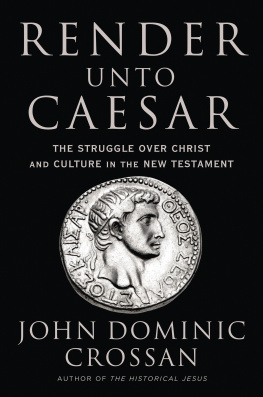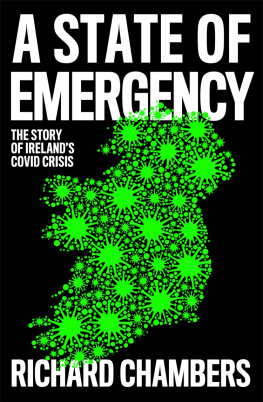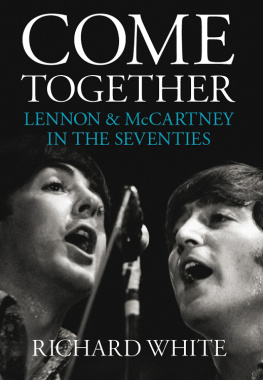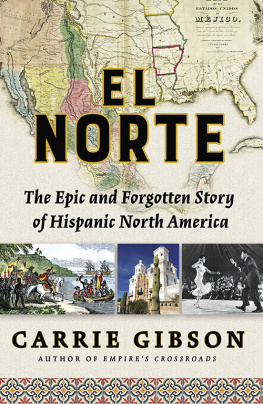Jon Grinspan - The Age of Acrimony
Here you can read online Jon Grinspan - The Age of Acrimony full text of the book (entire story) in english for free. Download pdf and epub, get meaning, cover and reviews about this ebook. publisher: Bloomsbury Publishing, genre: Politics. Description of the work, (preface) as well as reviews are available. Best literature library LitArk.com created for fans of good reading and offers a wide selection of genres:
Romance novel
Science fiction
Adventure
Detective
Science
History
Home and family
Prose
Art
Politics
Computer
Non-fiction
Religion
Business
Children
Humor
Choose a favorite category and find really read worthwhile books. Enjoy immersion in the world of imagination, feel the emotions of the characters or learn something new for yourself, make an fascinating discovery.

- Book:The Age of Acrimony
- Author:
- Publisher:Bloomsbury Publishing
- Genre:
- Rating:4 / 5
- Favourites:Add to favourites
- Your mark:
- 80
- 1
- 2
- 3
- 4
- 5
The Age of Acrimony: summary, description and annotation
We offer to read an annotation, description, summary or preface (depends on what the author of the book "The Age of Acrimony" wrote himself). If you haven't found the necessary information about the book — write in the comments, we will try to find it.
The Age of Acrimony — read online for free the complete book (whole text) full work
Below is the text of the book, divided by pages. System saving the place of the last page read, allows you to conveniently read the book "The Age of Acrimony" online for free, without having to search again every time where you left off. Put a bookmark, and you can go to the page where you finished reading at any time.
Font size:
Interval:
Bookmark:
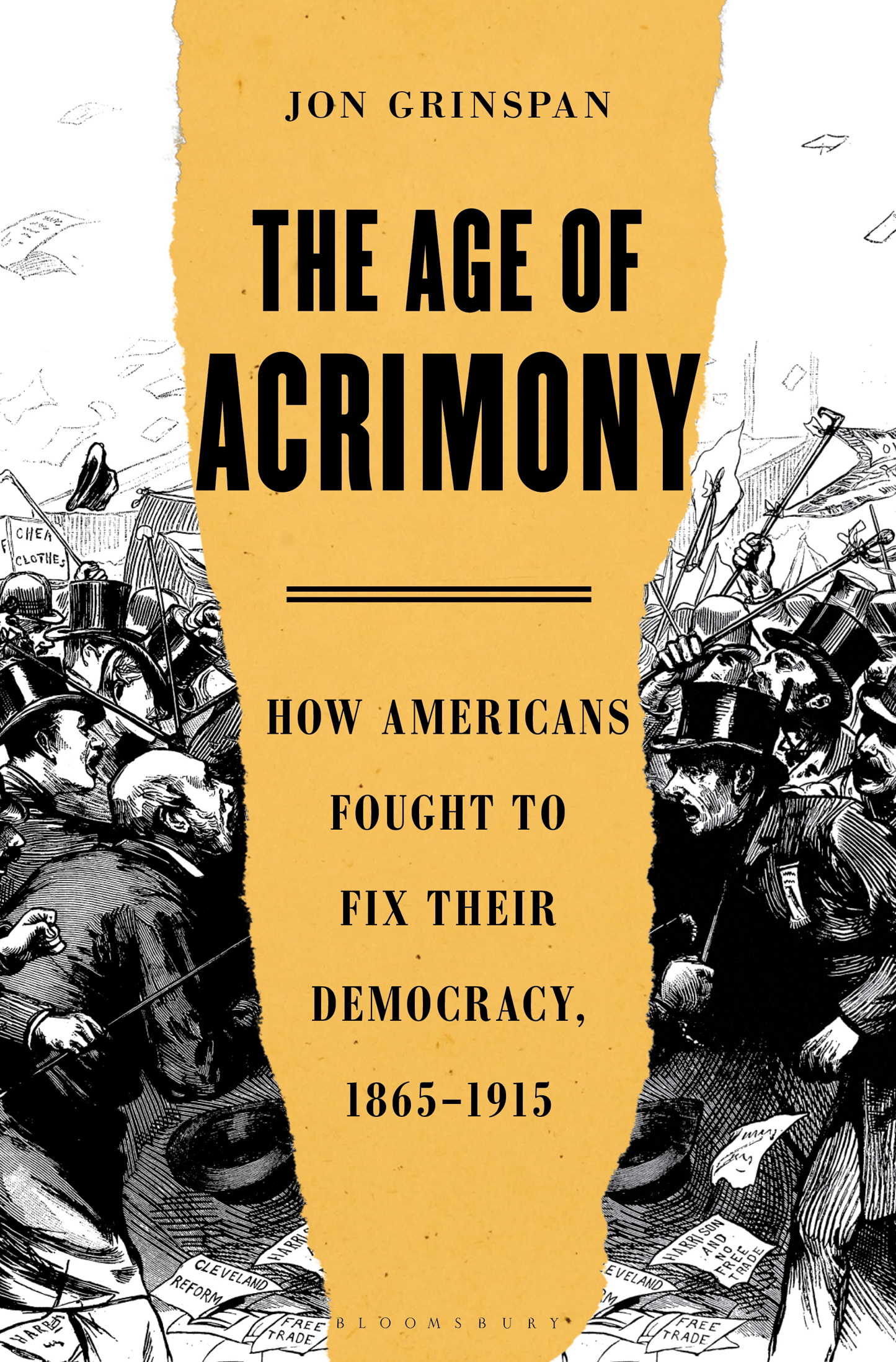

For Solomon
BY THE SAME AUTHOR
The Virgin Vote: How Young Americans Made Democracy Social, Politics Personal, and Voting Popular in the Nineteenth Century

CONTENTS
Nearly every day while writing this book, I would walk across the National Mall. Id pass tourists wearing MAKE AMERICA GREAT AGAIN caps and protesters waving THIS IS NOT NORMAL signs, and head into the secure vaults of the Smithsonians National Museum of American History. Beyond the recently collected riot shields and tiki torches, I would settle into the cool, quiet aisles that preserve the deep history of our democracy.
There, century-old objects told a forgotten drama, more heated than anything weve seen. Torches from midnight rallies. Uniforms from partisan street gangs. Ballots from stolen elections. Shifting between the fractious twenty-first century and those furious nineteenth-century objects started to feel like digging at opposite ends of the same tunnel, struggling to connect in the dark. In between lay the norms of political behavior that most of us grew up with, or imagine, from Americas more stable twentieth century. But the objects on the other end of that tunnel seemed to cry out: Your normal was abnormal.
In our arguments over democracy, we have missed out on the most vital, most urgent, most relevant period of American history. Twentieth-century Americas expectations of restrained public politics were a historical outlier. That civility was an invention, the end result of a brutal fight over the nature of democracy that raged across American life in the late 1800s. The objects in the Smithsonian are wreckage from that conflict; the diaries and letters stored elsewhere are battlefield reports.
We barely remember it, but this was the origin story of normal politics, the dirty tale of how democracy got clean.
Americans claim that we are more divided than we have been since the Civil War, but forget that the lifetime after the Civil War saw the loudest, roughest political campaigns in our history. From the 1860s through the early 1900s, presidential elections drew the highest turnouts ever reached, were decided by the closest margins, and witnessed the most political violence. Racist terrorism during Reconstruction, political machines that often operated as organized crime syndicates, and the brutal suppression of labor movements made this the deadliest era in American political history. The nation experienced one impeachment, two presidential elections won by the loser of the popular vote, and three presidential assassinations . Control of Congress rocketed back and forth, but neither party seemed capable of tackling the systemic issues disrupting Americans lives. Driving it all, a tribal partisanship captivated the public, folding racial, ethnic, and religious identities into two warring hosts.
Critics came to consider this era democracys forty years in the wilderness, when Americas politics threatened Americas promise.
But these were not just a cartoonish bad old days. Those eligible to vote did so as never beforeaveraging 77 percent turnout in presidential electionsand those denied that right fought to join in. For all of the eras political ugliness, Americans chose to participate in their government as few people in world history ever had.
In an age of disruption and isolation, many found identity, friendship, and meaning in that participation. The same competitive zeal that shouted down independent thought, or sparked atrocious violence, also made politics gripping, joyful, fun. Living through a partisan American election, one critic wrote in 1894, was like watching two speeding locomotives race across an open plain. Each bystander felt irresistibly compelled to cheer for one train, to be jubilant when it forges ahead, or mortified if it falls behind. It becomes for the time being his train, his locomotive, his railroad. Complain as they might about politics, Americans couldnt look away.
This is the fundamental paradox of their eraand perhaps of our own. Americans bemoaned the failure of their democracy, but also joined in its worst habits with a zealous fixation. An already overworked citizenry devoted incredible amounts of unpaid labor to politics. Why bother? Why turn out? In particular, why participate in a government that so many agreed was broken, rigged, and rotten?
How could a system be so popular and so unpopular at the same time?
This paradox has not been resolved, partly because we tend to associate this period with the politics of conspiracy. At the time, bigots blamed the nations problems on Reconstructions African American politicians, or Irish Catholic machines, or German anarchists, or Jewish socialists. Since the Progressive Era, many have focused on the (far more real) guilt of tycoons and lobbyists, in an age of yawning income inequality.
But this focus on conspiracy misses how fundamental Americas political problems were. There were, to be sure, a fantastic number of scams and schemes in this era, but they were outweighed by the votes and passions of tens of millions of partisan citizens who had a greater cumulative impact. The system evolved to convince citizens to care about their government, they did, and the results were maddening. Massive public participation made it harder, not easier, to tackle the inequities of their era. It was an engaged majority, not scheming minorities, that made politics so fascinating and so frustrating.
The underlying issue of so many midnight rallies, barroom debates, drawing room lectures, and bedroom spats was the question of whether this democracy could be reformed. And then it was. While the partisan divisions of the mid-1800s ended in an atrocious civil war, Americans managed to peacefully calm the heated politics of the late nineteenth century. An incredible transformation of American politics took place around 1900, reconfiguring a public, partisan, passionate system into a more private, independent, restrained one.
It was the boldest change in political behavior since the writing of the Constitution, reprioritizing Americans relationship with their government, with each other, and with themselves. How it happened is one of the greatest mysteries in our history.
It took a terrible bargain. The well-to-do victors of the Gilded Ages class wars chose to trade participation for civility. They restrained the old system, decreasing violence and partisanship, but diminishing public engagement along with it. Turnout crashed, falling by nearly one-third in the early twentieth century, especially among the working class, immigrants, young people, and African Americans.
Instead of fixing their system, reformers broke it in a different way, one that we got used to. Much of what Americans value about their democracy was not passed down by the Founders but invented by restrainers a century later: our views on voting rights, public service, corruption, independent journalism, partisan outrage, and political violence. Few twenty-first-century Americans would want to participate in elections as they looked in 1868 or 1884. Indeed, most simply could not. And the social reforms of the Progressive Erathe child labor laws and pure food acts and vaccination campaigns that made modern life livablewere only possible because a generation first quieted their politics. But much of what is wrong with our politics is of this same vintageour inferior turnout rates, our class- and race-based divisions, our systemic discouragements for participation.
Font size:
Interval:
Bookmark:
Similar books «The Age of Acrimony»
Look at similar books to The Age of Acrimony. We have selected literature similar in name and meaning in the hope of providing readers with more options to find new, interesting, not yet read works.
Discussion, reviews of the book The Age of Acrimony and just readers' own opinions. Leave your comments, write what you think about the work, its meaning or the main characters. Specify what exactly you liked and what you didn't like, and why you think so.


